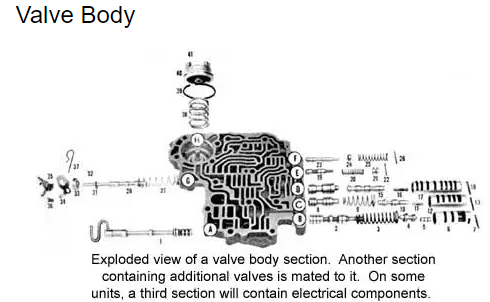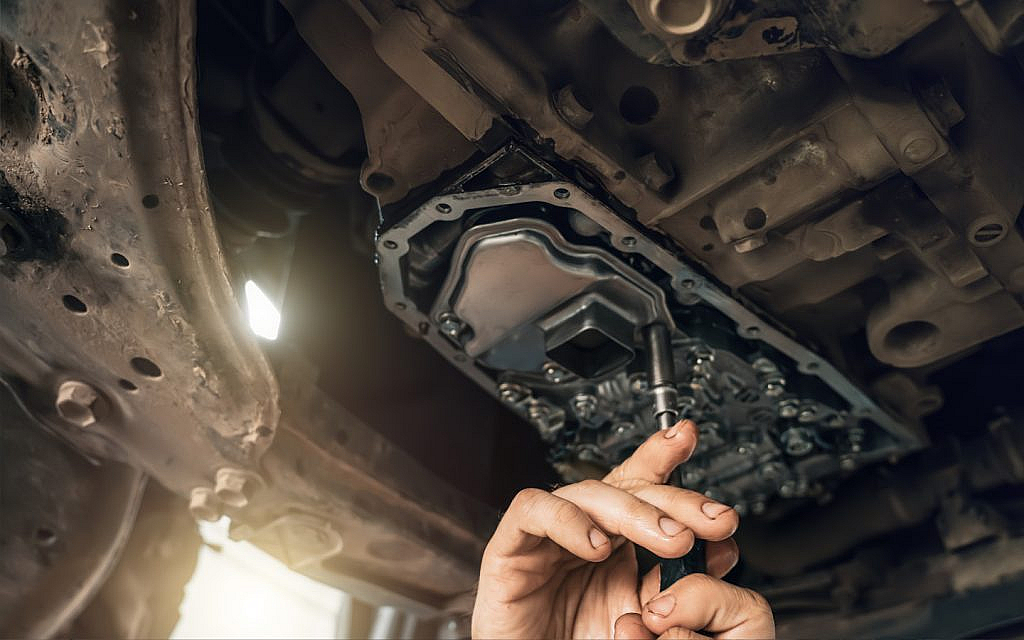The transmission valve body is a critical component in the intricate system of a vehicle, responsible for ensuring smooth and efficient operation. This article aims to provide insight into the functions and importance of the transmission valve body, as well as the key components that make up this essential part. Imagine the transmission valve body as the central control unit of the transmission system, coordinating the flow of transmission fluid to facilitate gear shifts in a seamless manner. It is comparable to a covert operative orchestrating behind the scenes, ensuring that your vehicle shifts gears effectively and without any disruptions.

Components of a transmission valve body:
- Solenoids: These electrically controlled valves serve as the muscle of the operation, regulating fluid flow and pressure to facilitate gear shifts.
- Valves: Acting as gatekeepers, valves within the transmission valve body control the direction and pressure of fluid flow to enable smooth gear changes.
- Passages and channels: These components provide pathways for transmission fluid to travel, conveying instructions from the valve body to various parts of the transmission system.

Function of a transmission valve body:
The transmission valve body regulates hydraulic pressure and directs fluid flow to engage different clutches and bands, ensuring precise gear changes. By controlling these aspects, the valve body enables your vehicle to shift gears smoothly and efficiently.
Importance of proper maintenance:
Similar to any operative, the transmission valve body requires regular care to operate at its optimal level. Conducting routine fluid changes and inspecting the valve body components can help prevent potential issues and prolong the lifespan of the transmission system.

Common issues and failing symptoms with transmission valve bodies:
- Fluid contamination: Contaminated fluid can cause the valve body to malfunction, leading to operational issues.
- Valve body wear and tear: Over time, wear and tear can impact the performance of the valve body, resulting in leaks and pressure loss.
- Delayed shifting and erratic behavior: Symptoms such as delayed shifting and unpredictable gear changes may indicate underlying issues with the valve body.
Regular maintenance tips:
Maintaining your transmission system through regular fluid changes and inspections is essential for ensuring the longevity and efficiency of the valve body. If you experience any concerning symptoms with your transmission, it is advisable to seek professional assistance to address the issue promptly.
The transmission valve body plays a crucial role in the functionality of a vehicle's transmission system. By understanding its components, functions, and the importance of maintenance, you can proactively safeguard against potential problems and ensure a reliable driving experience. Stay vigilant in caring for your transmission valve body to enjoy seamless operation and longevity from your vehicle.